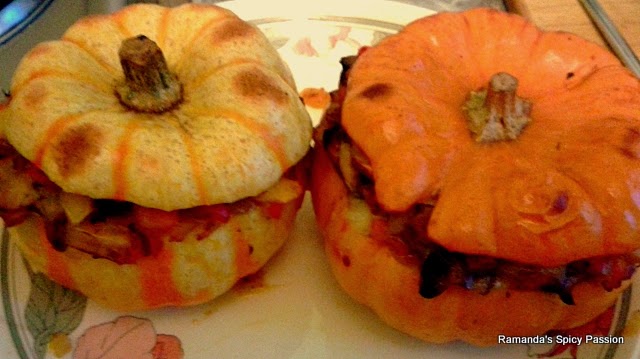This has been my favourite pasta dish since I was a child and in fact in my family this dish is called Ramon's Pasta. :) I love it so much, the gooey pink sauce, the melted cheese, the sweetness of the tomatoes...heaven!! This recipe has been adapted by my mum from a 1970's cookbook written by Marguerite Patten. I can tell you that if you try this pasta dish, you will go for seconds :) It is quite easy to make and the most "difficult" part of it is making the pink sauce. So, do give it a go and let us know how it turns out for you.
For 6-8 people you will need...
- 500g Rigatoni
- 6 tomatoes, sliced
- 300g Edam cheese, grated
- 800ml whole milk
- 500ml tomato passata
- 2 teaspoons wholegrain mustard
- 50g butter
- 50g plain flour
- Ground black pepper
How to...
- Start by boiling a large salted pot of water. Cook the pasta until nearly al dente...about 9 minutes.
- Whilst the pasta is cooking, make a roux by melting the butter and adding the flour on a medium heat. Stir until you get a golden coloured (but not brown) mixture. Add the milk bit by bit whilst stirring continuously until the sauce thickens and you have used all of the milk. Make sure there are no flour lumps. About 10-15 minutes in total. You need a creamy and silky white sauce.
- Preheat the oven at 200°C.
- Turn off the heat and add ground black pepper to taste and the passata, stir until you get a pink sauce. Add the mustard and some of the grated cheese (optional), stir again.
- Drain the pasta and rinse quickly with cold water to remove any extra starch.
- In the large pasta pot, add the pasta (make sure it is not in one big lump), add the pasta and about 75% of the pink sauce. Mix carefully until it is well combined.
- Butter or spray a rectangular oven dish and spread the leftover pink sauce on the bottom. Add half of the pasta and pink sauce mixture. now sprinkle most of the cheese and some sliced tomatoes, add more black pepper.
- Pour in the rest of the pasta, sprinkle the remainder of the cheese and cover with the sliced tomatoes. Add more black pepper if you like.
- Now, to get better results move the oven rack to the top shelf and bake the pasta for about 30 minutes. You can put the pasta dish under the grill for about 5-10 minutes if you like to crisp up the tomatoes. Serve hot!!
Enjoy!!
R&A






















